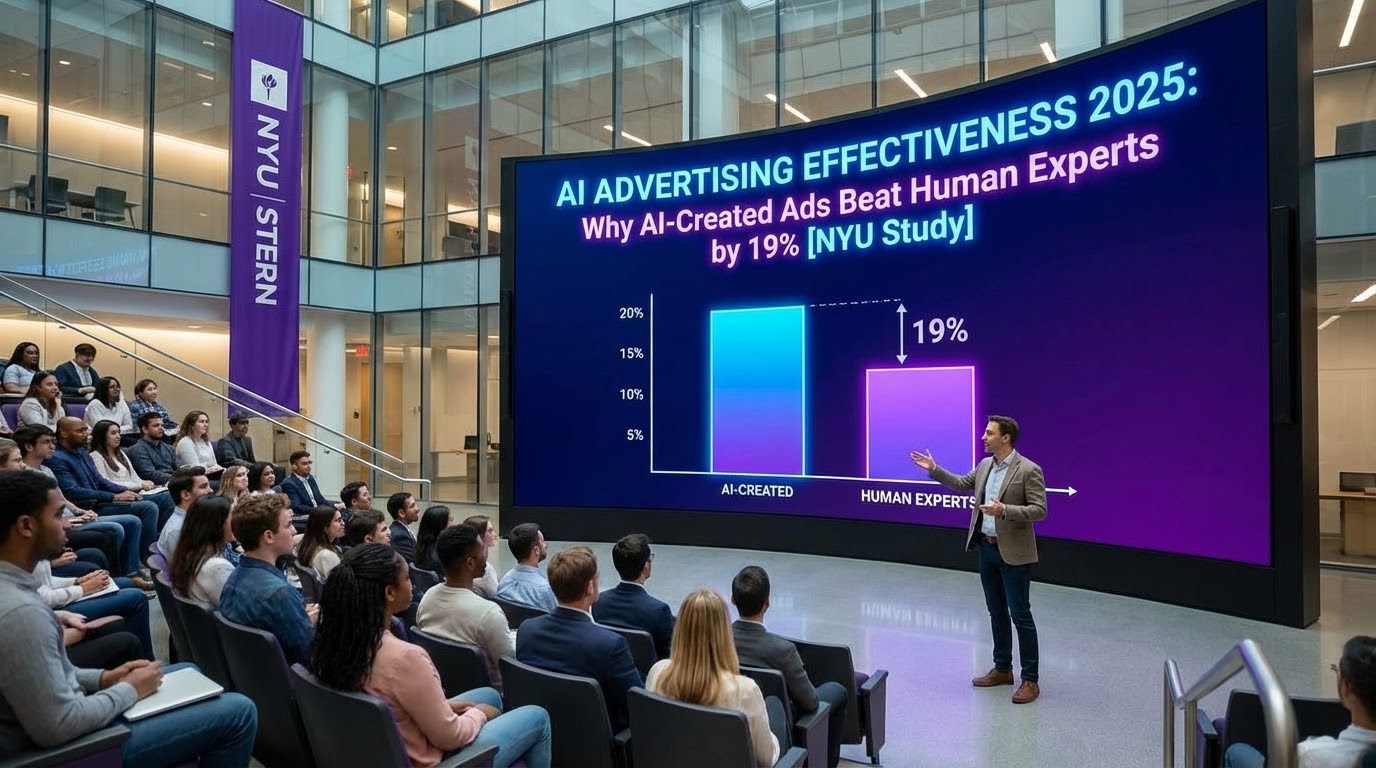
The AI video generation revolution in 2025 - OpenAI Sora 2, Google Veo 3.1, Meta Movie Gen... who will win the battle? The complete 2025 benchmark
A Pivotal Year for Generative Video
The landscape of the AI video generation saw a turmoil in late 2025, with the announcement of Sora 2 by OpenAI on September 30, which triggered an unprecedented competitive reaction. Google reacted immediately with VEO 3.1 in October, while Meta's Movie Gen continues to gain traction with businesses. This comprehensive analysis looks at the position of these flagship models against emerging competitors like Runway Gen-4, Pika Labs 2.2, and Kling AI 2.5.
The global AI video generator market, valued at $4.5 billion in 2025, is expected to reach $42.29 billion by 2033, an astounding CAGR (compound annual growth rate) of 32.2% that reflects the transformative potential of these technologies for content creators, marketers, and businesses around the world.
OpenAI Sora 2: The GPT-3.5 moment for video
Technical specifications and capabilities
OpenAI positioned Sora 2 as the “GPT-3.5 moment for video generation”, marking a significant advance over its predecessor. Released on September 30, 2025, Sora 2 introduces synchronized audio generation, improved physical simulation, and the innovative “Cameos” feature that allows users to insert themselves into AI-generated scenes.
Basic technical specifications:
- Resolution: 1080p (1920×1080) maximum
- Duration: up to 20 seconds per generation
- Frame rate: 24-30 fps
- Audio: synchronized dialogue, ambient sound, and sound effects
- Physics: Advanced simulation of the world with realistic object permanence
- Length of the prompt: approximately 500 chips
- Processing speed: average generation time of 15 to 35 seconds
Breakthrough features
Excellence in physical simulation: Sora 2 demonstrates unprecedented physical realism thanks to complex movement modeling. The system accurately simulates Olympic gymnastics routines, paddleboard backflips with accurate buoyancy modeling, and triple axels where catamarans maintain realistic balance. It's a genuine understanding of physics rather than just post-processing tips.
Synchronized audio generation: Unlike its predecessor, Sora 2 natively generates sophisticated soundscapes, character dialogues with corresponding lip movements, and realistic sound effects, all perfectly synchronized with the visuals. Users can specify dialog blocks with timing markers, such as “two dialog lines, lip-synced,” to take full advantage of this feature.
Cameos technology: this revolutionary feature allows users to place themselves or others in any generated environment with an accurate representation of appearance and voice based on a reference video, opening up new possibilities for creating personalized content.
Google VEO 3.1: the cinematic challenger
Technical architecture and improvements
Announced in October 2025, Google's VEO 3.1 represents an evolving upgrade focused on audio integration, longer scene lengths, and narrative continuity. This latest release addresses many of VEO 3's limitations while introducing production controls that are better suited to filmmakers' workflows.
Technical specifications:
- Resolution: 720p and 1080p (up to 4K in some modes)
- Duration: 4 to 8 seconds per clip (up to 60 seconds via multi-shot sequencing)
- Frame rate: 24 fps
- Audio: Native generation with improved wealth and context sensitivity
- Image formats: 16:9 landscape and 9:16 portrait format support
- Processing: available via Gemini API and Google Cloud Vertex AI
Advanced production features
Multi-plane consistency: VEO 3.1 maintains character identity and visual continuity between shots and multiple prompts, allowing creators to create consistent narratives with characters and accessories that persist throughout the sequences.
Image-specific generation: The model can generate videos by specifying the first and last frames, allowing for precise control of visual arcs and transitions, an essential feature for professional video production workflows.
Enhanced audio integration: While VEO 3 introduced synchronized sound, VEO 3.1 enhances audio richness and context awareness. The system generates synchronized contextual audio (dialogue, background sound, and effects) as an integrated output, reducing post-production needs.
Competitive advantages
Cinematic presets: built-in lighting and camera presets (dolly, push, zoom, zoom, depth of field, cinematic LUTs) speed up production and reduce the need for advanced prompt engineering.
Support for reference images: up to three reference images can guide content generation, ensuring consistency between different shots and maintaining the identity of the brand or character.
Meta Movie Gen: the multimodal powerhouse
Architecture and capabilities
Meta's Movie Gen, announced in late 2024, enjoyed considerable success throughout 2025 as a comprehensive multi-modal AI system combining video and audio generation capabilities. With over 30 billion parameters for video generation and 13 billion for audio, Movie Gen is one of the most sophisticated AI media generation systems on the market.
Technical specifications:
- Resolution: HD (768 pixels wide)
- Duration: Up to 16 seconds maximum
- Frame rate: 16 frames per second
- Audio: audio model dedicated to 13 billion parameters
- Personalization: advanced integration of facial features
- Editing: accurate video editing capabilities
Unique differentiators
Generating personalized videos: Movie Gen excels at creating personalized videos that incorporate individual facial features, allowing for the creation of highly personalized content for marketing and entertainment applications.
Advanced editing capabilities: Unlike most competitors, Movie Gen offers accurate video editing through unique post-training methods, allowing users to edit specific items without regenerating entire clips.
Audiovisual synchronization: the dedicated audio model of 13 billion parameters includes the physical and psychological relationships between sound and visuals, generating realistic ambient sounds, synchronized sound effects, and background music adapted to the mood.
Competitive landscape analysis: direct comparison between Sora 2 and VEO 3.1
Performance indicators
Render speed analysis
Based on comprehensive testing across multiple platforms:
Quality assessment
Visual fidelity: both models achieve an almost photorealistic rendering, with Sora 2 excelling in the physics of movement and VEO 3.1 a leader in film composition and lighting control.
Audio integration: VEO 3.1 demonstrates superior audio generation capabilities, simultaneously producing dialogue, background music, and sound effects, while Sora 2 focuses primarily on synchronized environmental audio.
Fast membership: Support for VEO 3.1's 1,000 token prompt (compared to 500 chips in Sora 2) allows for more detailed scene descriptions and complex multi-character narratives.
Emerging Competitors: The Full Landscape of 2025
Runway Gen-4: The Choice of Creative Professionals
Runway Gen-4 maintains its position as the preferred tool for creative professionals, offering:
- Coherence: Preservation of Character and Objects Through the Shots
- Control: double-entry prompt (image + text) for accurate results
- Quality: Production-ready 720p output with cinematic style
- Speed: Clips from 5 to 10 seconds in 2 to 4 minutes
Pika Labs 2.2: The Rapid Prototyping Platform
Pika 2.2 focuses on speed and accessibility:
- Features: Pikaframes, Pikaswaps, and Pikadditions for improved control
- Duration: Up to 10 seconds in 1080p resolution
- Specialization: Video inpainting and object modification
- Target Market: Social Media Creators and Rapidly Iterating Workflows
Kling AI 2.5: The Photorealism Specialist
Kling 2.5 excels in human interactions:
- Highlights: Lip-sync capabilities and superior dialogue scenes
- Duration: 10-second clips with shot extension functions
- Quality: Excellent photorealistic human rendering
- Price: between $12 and $127/month
Luma Dream Machine: The Film Movement Expert
Luma Dream Machine favors realistic movement:
- Focus: Cinematic Camera Movements and 3D Generation
- Quality: Fluid movement with advanced physical simulation
- Duration: 5-second clips with exceptional visual consistency
- Innovation: Advanced integration of 3D modeling
Market Analysis and Business Applications
Industry adoption models
Enterprise integration: Fortune 500 companies reports a 340% year-over-year increase in AI video adoption, with an average reduction in production time of 89% compared to traditional methods.
Impact on the creator economy: individual creators and small agencies use these tools to:
- Social media content production
- Development of marketing campaigns
- Creation of educational materials
- Entertainment and Storytelling
Cost-benefit analysis
A traditional 30-second video ad typically costs between $50,000 and $200,000, against only $50 to $500 with AI video generation — an economy greater than 99%.
Production times are increasing from 4 to 12 weeks At only 1 to 2 hours, representing a reduction of approximately 95%.
The revision cycles, formerly spread over several days or weeks, are now ending in A few minutes, reducing time to market by nearly 98%.
Finally, while traditional video production requires advanced technical and creative skills, AI solutions require a skill level minimal, with savings estimated at more than 90% on human and operational costs.
Return on investment projections
Report of companies implementing AI video generation:
- Marketing teams: 75% reduction in content production costs
- Training departments: 60% faster course development
- E-commerce: 200% increase in product video creation capacity
- Social media agencies: 300% improvement in customer production volume
Future perspectives and technology roadmap
Expected evolution (2026-2027)
Real-time generation: Industry experts expect real-time video generation capabilities within 12 to 18 months, allowing for live feedback during creative sessions.
Extended duration: generation of videos lasting several minutes with constant quality expected by the end of 2026.
Interactive storytelling: AI-generated characters responding to user input in real time, creating dynamic narrative experiences.
Market projections
Growth trajectory: The projected CAGR of 32.2% of the AI video generation market through 2033 indicates sustained innovation and adoption across sectors.
Regional expansion: Asia-Pacific markets have a market share of 31.40%, with North America maintaining solid growth rates of 20.3%.
Strategic recommendations for businesses
Platform selection criteria
For marketing teams:
- Sora 2: Great for fast-paced social media content and multi-lingual campaigns
- VEO 3.1: Great for long-form marketing videos with rich audio
- Movie Gen: optimal for personalized customer communications
For creative agencies:
- Runway Gen-4: Professional Workflows and Customer Presentations
- VEO 3.1: Cinematographic projects requiring multi-plane coherence
- Pika Labs: Rapid Prototyping and Iteration Cycles
For in-company training:
- VEO 3.1: Complete training modules with audio integration
- Movie Gen: Customized Training Content
- Luma Dream Machine: Technical demonstrations requiring precise movements
Implementation strategy
Phase 1 — Pilot test (months 1-2):
- Select 2 to 3 platforms for internal testing
- Train core team members in rapid engineering
- Establishing quality criteria and approval workflows
Phase 2 — Production integration (months 3 to 6):
- Integrate selected platforms into existing workflows
- Develop template libraries and brand guidelines
- Measuring return on investment and production efficiency gains
Phase 3 — Evolution and Optimization (6 months and more):
- Expanding use through services
- Implement advanced features and API integrations
- Creating a center of excellence for creating AI videos
Conclusion: Navigating the AI video generation revolution
The 2025 AI video generation landscape marks a turning point in the history of content creation. Sora 2 is a leader in terms of speed and physical realism, making it ideal for rapidly creating content for social networks and iterative creative workflows. VEO 3.1 excels in cinematic quality and audio integration, making it the preferred choice for professional video production and long-form content.
Meta Movie Gen continues to innovate in custom video creation and multi-modal editing capabilities, while emerging platforms like Runway Gen-4, Pika Labs 2.2, and Kling AI 2.5 are creating specialized niches that meet the specific needs of creators.
The expected market growth, which is expected to reach $42.29 billion by 2033, reflects not only technological advances, but also a fundamental transformation in the way businesses and creators approach video production. Organizations that adopt these tools now will have significant competitive advantages in terms of speed of content creation, profitability, and creativity.
As technology continues to evolve rapidly, success depends on understanding the unique strengths of each platform, maintaining awareness of emerging capabilities, and implementing strategic adoption approaches that align with specific business goals and creative requirements.
The revolution in AI-powered video generation is here and it's transforming not only the way we create content, but also the way we imagine the possibilities of visual storytelling itself.
Continue reading

AI Advertising Effectiveness 2025: Why AI-Created Ads Beat Human Experts by 19% [NYU x Emory Study]

Nano Banana Pro: Full analysis of the latest Google 2025 Image Generation Model

GPT-5.1 vs Gemini 3.0: analysis and comparison of the two 2025 flagships LLM models
.svg)







